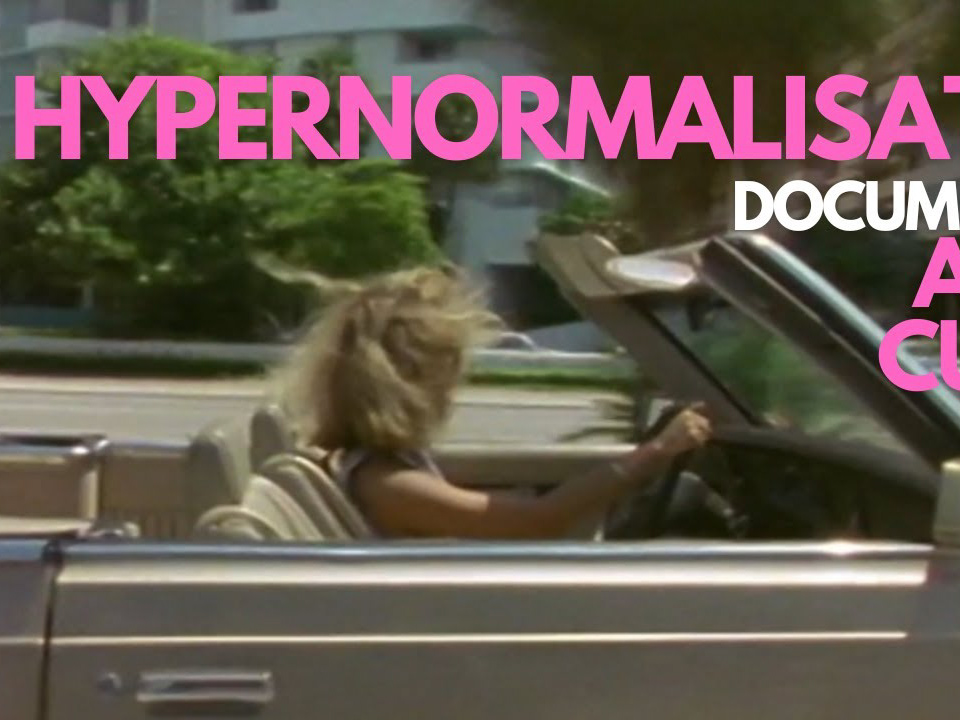Zoopraxographer - Thom Andersen
Eadweard Muybridge, Zoopraxographer (1975) by Thom Andersen portrays Muybridge's motion studies as artistic expressions that influenced the development of cinema, rather than just as scientific facts. The film points out the clash between motion and stillness, showing how Muybridge's sequential images link photography and cinema. The film takes a look at Muybridge’s work from a wider scope , heavily displaying the ways in which Muybridge’s motion-capture experiments impacted early filmmakers. Another thing the documentary explores is the archive, and no matter how old Muybridge’s work is we are always able to revisit these transformational works and give them new meanings and gain understanding.
While Muybridge’s work took place in the 19th century his groundbreaking work and legacy still continues to impact the landscape of film to this day. There are certain animation methods that have heavy influence from Muybridge like gifs which like Muybridge’s film are centered around the breaking up of a larger motion into individual frames Andersen's video challenges audiences to reevaluate images' role in history—not merely as static documents, but as dynamic components that continue to influence artistic and technical advancement. The film asks us to consider how we view motion and how the archive may be used as a tool for rethinking the future of visual culture as well as a repository of history by examining the relationship between photography, cinema, and visual technology.




